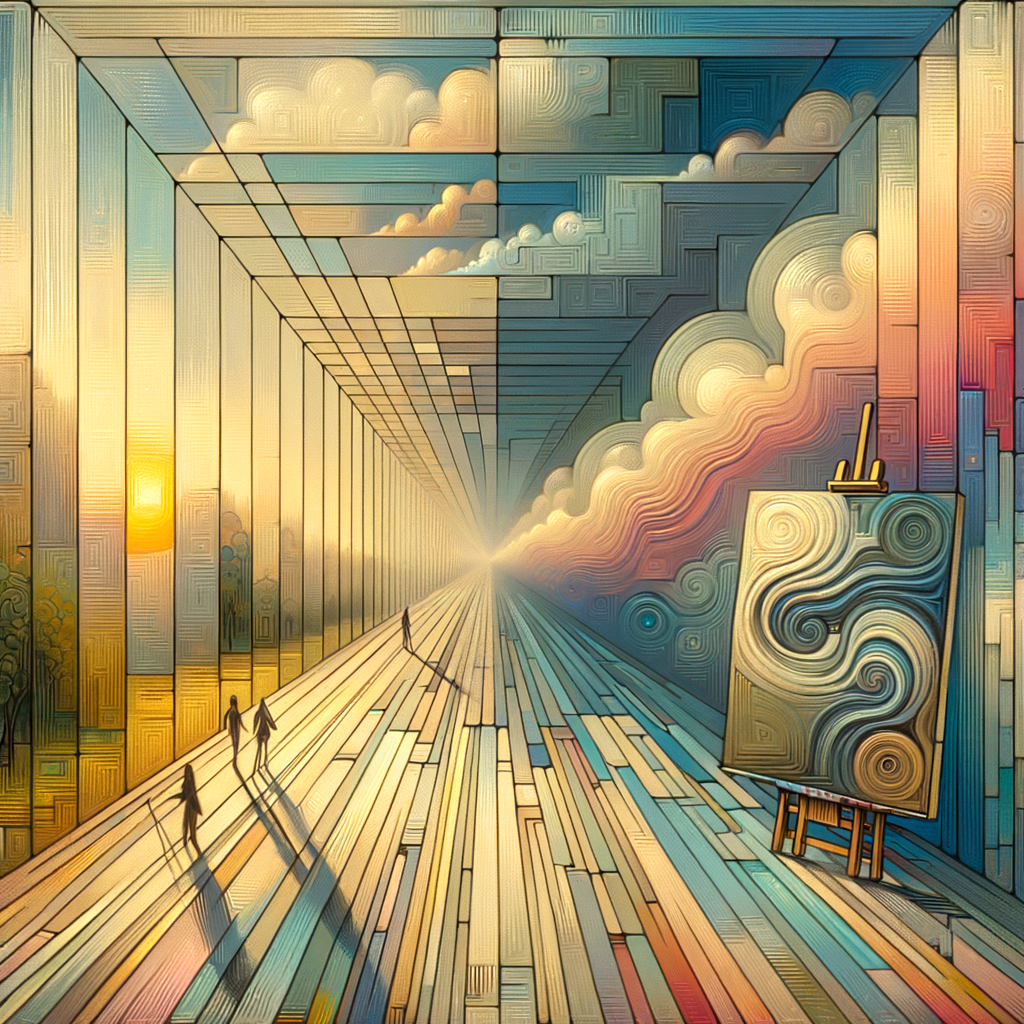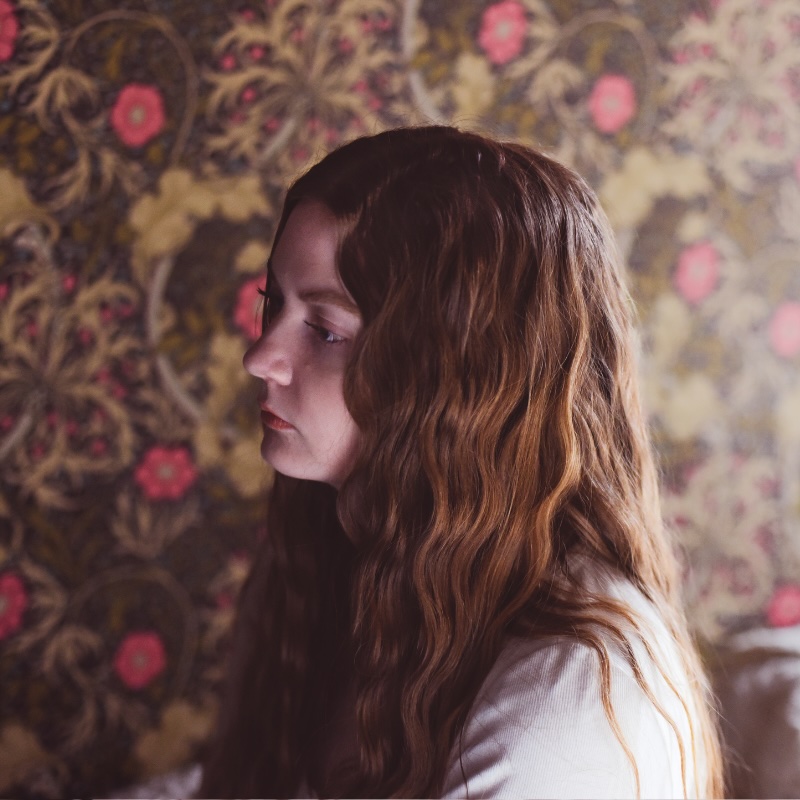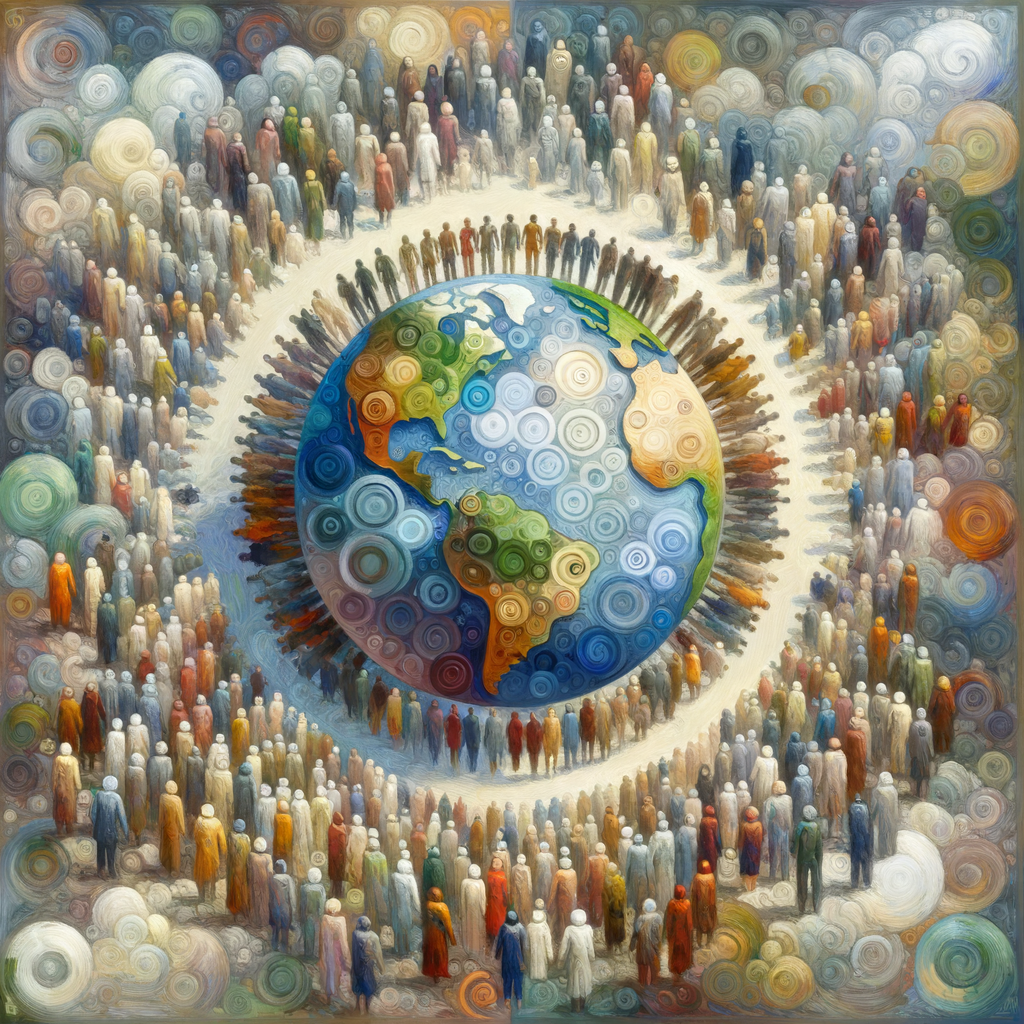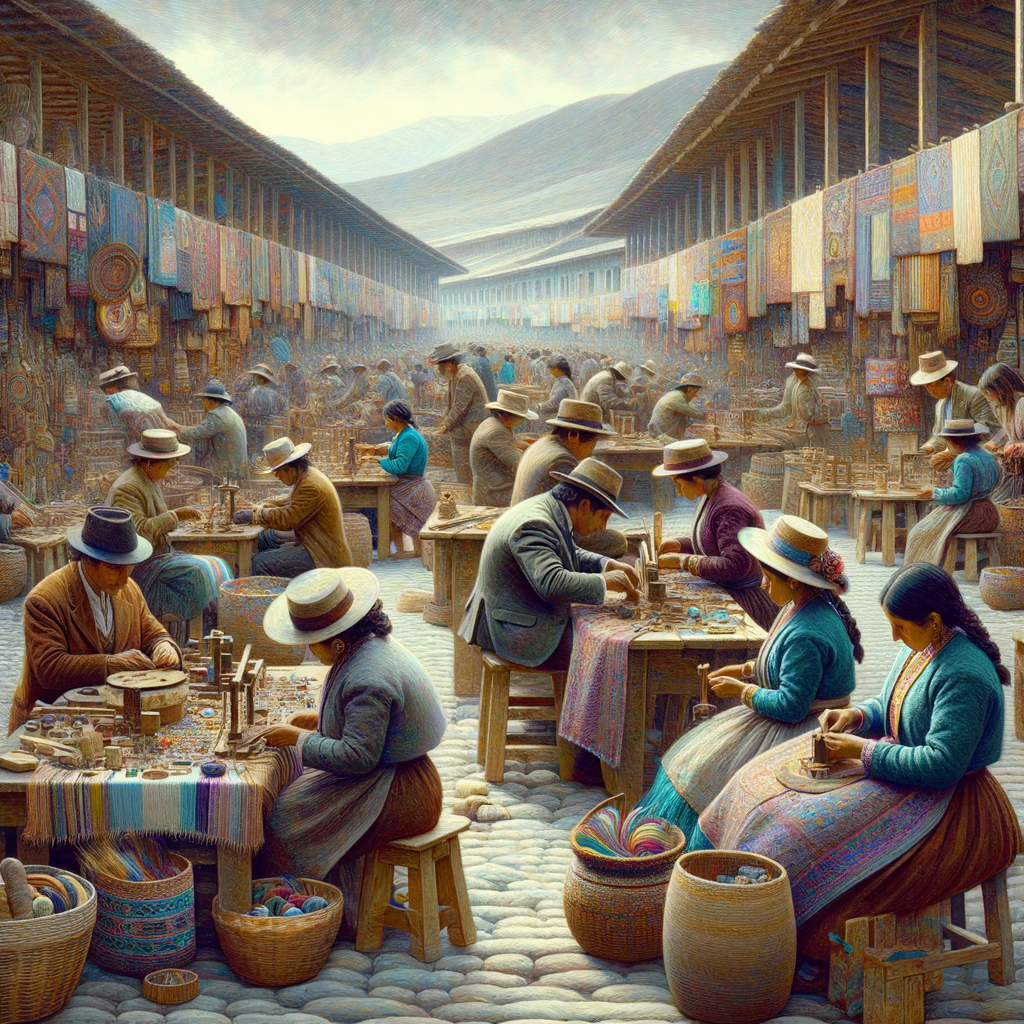> Part 1 of the New Horizons: Pioneering the Cultural Innovations of Tomorrow series
We’re on the cusp of a renaissance, not one defined by the chisel or brush, but by the pixel and algorithm. It’s a revolution that’s propelling us beyond the canvas into realms previously unimagined, redefining the essence of art in the process. As we embark on this exploratory journey through “New Horizons: Pioneering the Cultural Innovations of Tomorrow,” our first expedition navigates the vibrant and constantly evolving landscape of digital art.
Digital art, once a fringe experiment of tech-savvy artists, has usurped traditional domains to become a central form of contemporary cultural expression. The tools of the trade have evolved from paint and canvas to software programs, virtual reality (VR) setups, and blockchain technology. Each new tool provides a window into uncharted artistic territories, challenging our perceptions of what art can be.
This transformation is not merely about the medium. It embodies a fundamental shift in how art is created, distributed, and consumed. Virtual reality art installations offer immersive experiences that draw the viewer into a digital dimension, where the lines between participant and observer are blurred. Meanwhile, the explosion of NFTs (Non-Fungible Tokens) challenges our concepts of ownership, authenticity, and value, with digital pieces fetching sums once reserved for masterpieces hanging in museum halls.
But what does this mean for the artist and the art world at large? For starters, it provides an unprecedented level of accessibility. No longer confined by geography or the physical limitations of traditional galleries, digital art allows for a democratization of artistic expression. Aspiring artists from every corner of the globe can now share their creations with a worldwide audience at the click of a button.
However, this new frontier is not without its challenges. Issues of copyright infringement and the authenticity of digital reproductions have sparked heated debates within the art community. Moreover, the environmental impact of blockchain technologies, such as those used for NFTs, has raised ethical concerns. And yet, amid these controversies, digital art continues to thrive, fueled by an insatiable curiosity about what lies beyond the digital canvas.
As we peer into the future, it’s clear that digital art is more than a passing trend—it’s a critical component of our cultural evolution. It challenges us to reimagine the boundaries of human creativity, urging us to consider how technology can augment, rather than replace, the traditional artistry. Whether it’s through the immersive world of virtual reality or the complex landscape of NFTs, digital art invites us to explore new dimensions of expression, offering a glimpse into the boundless possibilities of tomorrow.
In “New Horizons: Pioneering the Cultural Innovations of Tomorrow,” we celebrate these innovators who are pushing the limits of what’s possible, offering a beacon of inspiration for future creators. As we continue our journey, let us remain open to the marvels of this digital renaissance, recognizing that in the fusion of art and technology, we find new ways to reflect our humanity, one pixel at a time.




Leave a Reply